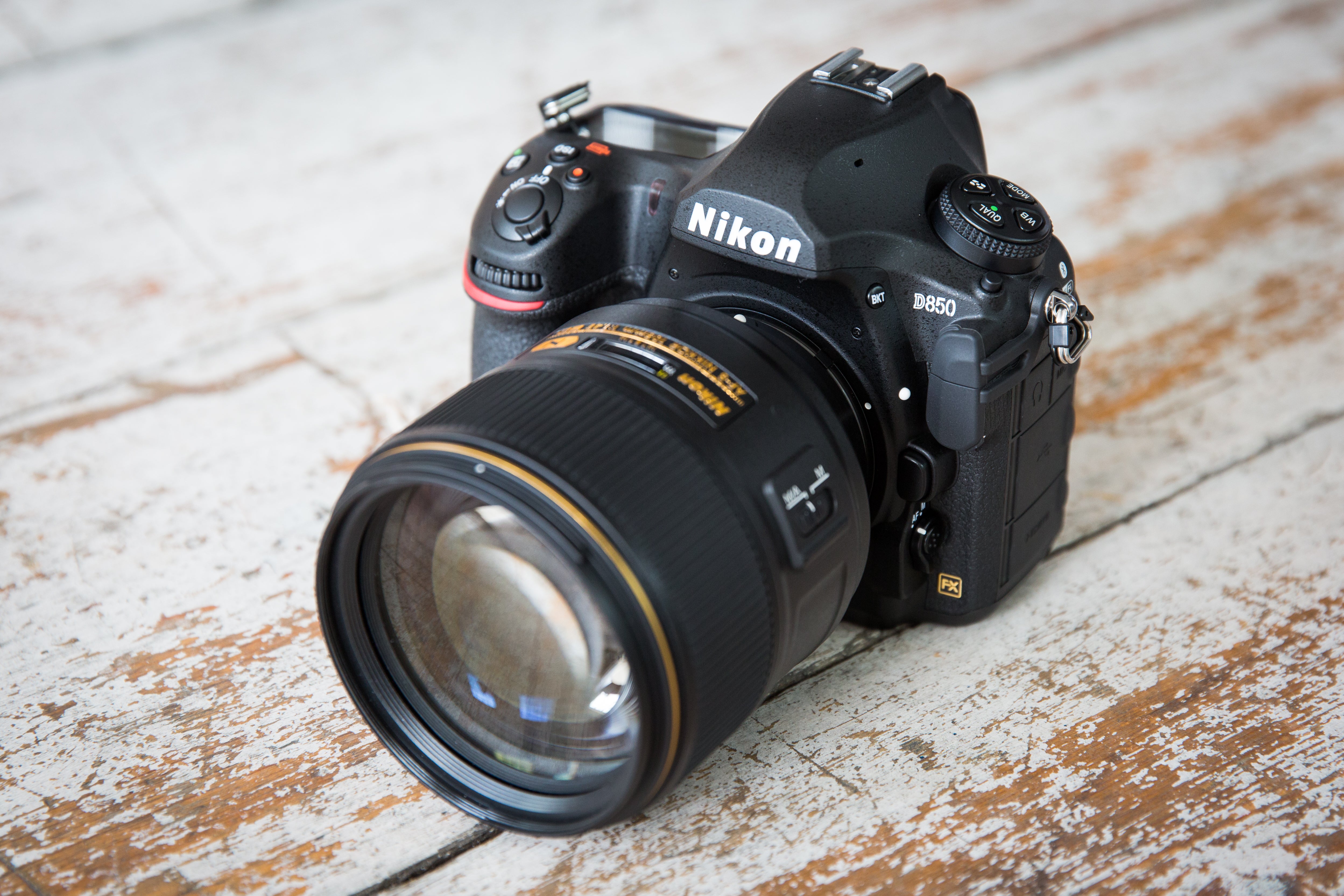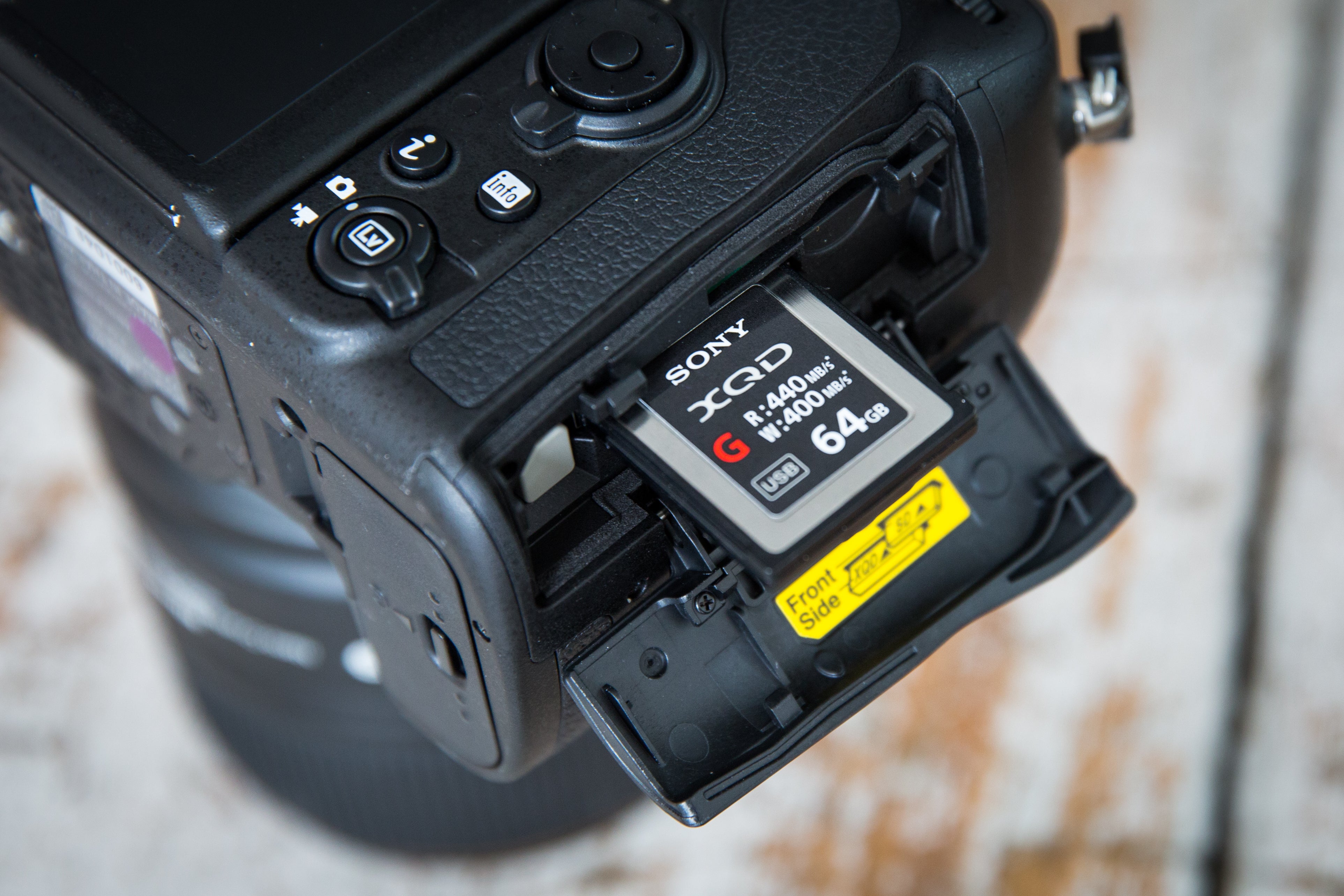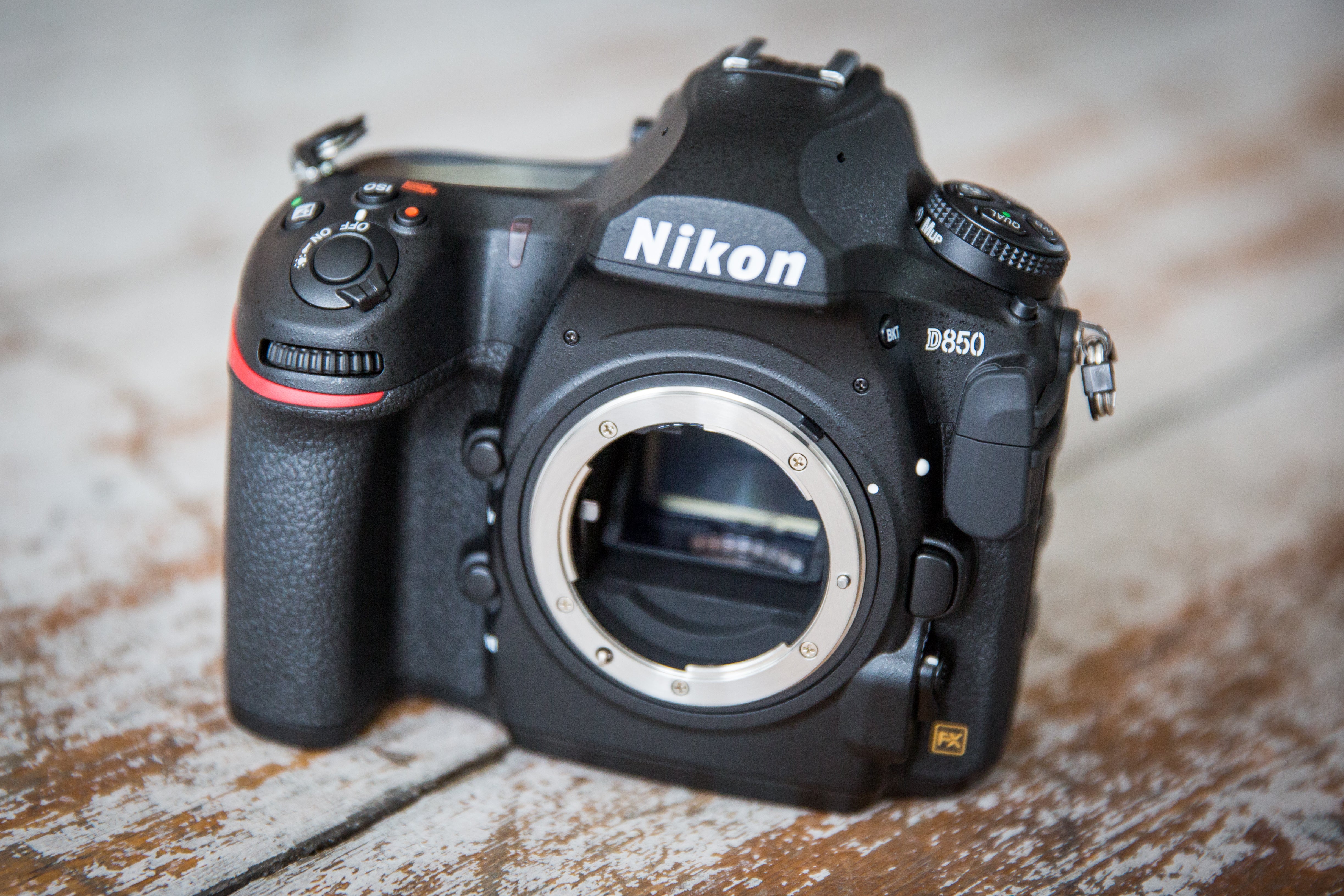What is the Nikon D850?
When Nikon announced its D800 and D800E twins in 2012, their 36-megapixel sensors placed them top of the class for resolution among full-frame cameras. Their successor, the D810, was a highly refined update that brought many practical improvements, but with the same pixel count, that eventually found itself surpassed by the 42.4-megapixel Sony Alpha 7R II and the 50-megapixel Canon EOS 5DS R.
Now Nikon has revealed its response, in the shape of the new 45.7-megapixel D850, priced at £3499.99 body-only. But not only has Nikon upped the resolution, it’s also increased the shooting speed, boosted the sensitivity range and added a whole host of other improvements. This means that on paper, the Nikon D850 promises to be the most capable all-round professional DSLR yet, able to tackle almost any subject you might throw at it.
Nikon D850 – Features
The D850’s all-new 45.7-megapixel sensor packs gapless on-chip micro-lenses and a backside-illuminated architecture to maximise light capture, which in turn helps to minimise image-degrading noise. As a result, Nikon is offering a standard sensitivity range of ISO 64-25,600, which can be expanded to ISO 32-102,400. With the Expeed 5 processor on board, Nikon promises vivid colours and delicate tonality.
In terms of continuous shooting, the D850 can shoot at 7fps, with a 51-frame raw buffer. If you attach the optional £369.99 MB-D18 grip with the EN-EL18 high-power battery, this rate is boosted to 9fps. Compared to the D810’s relatively leisurely 5fps, this makes the D850 a vastly more enticing option for sports and action shooters.
To this end, the D850 also gains Nikon’s best autofocus system, borrowed from the D5. It sports 153 focus points (of which 55 are user-selectable), including 99 of the more accurate cross-type, and 15 that will work with lens and teleconverter combinations with an aperture of f/8. The centre point is sensitive to an impressive -4EV, and the rest to -3EV, meaning the camera should focus in incredibly low light. The AF area coverage is expanded relative to the D810, too, although anyone used to APS-C DSLRs, let alone mirrorless models, might find the focus points inconveniently cramped towards the centre of the frame.
For metering Nikon has employed the same 180,000 pixel RGB sensor as used in the D5, which again works in exceptionally low light down to -3EV. As always from Nikon, the metering sensor is used for basic subject recognition purposes including face detection, which can then feed information to the AF system for the purposes of subject tracking.
Live View also gains some important updates. There’s a new silent, zero-vibration electronic shutter, which should be useful in times you need to shoot discreetly, and should also give the sharpest possible pictures. A pinpoint AF mode is designed to enable precise focusing on small subjects. But without any form of on-chip phase detection, Nikon is still relying entirely on contrast detection for autofocus.
My early impression of shooting with the D850 is that it’s better than the D810, but its Live View focusing is still some way behind competitors such as the Canon EOS 5D Mark IV or Sony Alpha 99 II.
For recording files, the D850 has both XQD and SD card slots, with the latter supporting the high-speed UHS-II standard. You’ll need super-fast cards to get the best out of it, though. With conventional SD cards you’ll spend a lot of time watching the green card access light while the buffer slowly clears. Power is provided by Nikon’s familiar EN-EL15 battery, which provides an impressive 1840 shots per charge.
When it comes to video, the D850 is capable of in-camera 4K recording at 30fps – crucially using the full sensor width, so no crop factor is imposed on your lenses. Videographers will also be pleased to see aids such as a peaking display for accurate manual focus, and zebra patterns to help avoid overexposure.
Both microphone and headphone sockets are built in, and a clever folding port cover design means you can keep the latter covered when a mic is plugged in. 4K time-lapse movies can also be generated in-camera, but strangely, the only feature Nikon chose to trail in advance – 8K time-lapse – can’t, instead requiring the use of third-party software. A more accurate description would perhaps have been to say the camera has a built-in intervalometer.
For photographers who don’t always need 45-megapixel images – in other words, practically everyone – Nikon has included two reduced-size options for recording either raw or JPEG files, at 25.6 megapixels and 11.4 megapixels. In a nod to the Instagram generation, it’s now possible to set the camera to record square aspect ratio images too.
Nikon has also sneaked in a few other intriguing updates, such as in-camera focus bracketing for producing extended depth-of-field composites in post-processing. I’m particularly looking forward to trying out the new Natural Light Auto White Balance option, which is said to give optimal results under natural outdoor lighting conditions – for example, with colourful sunsets. I’ve always found Nikon’s AWB system to over-neutralise outdoor shots, resulting in cool, sterile-looking images, and hopefully this update will fix that problem.
To get the most from your lenses, Nikon has also included a simplified Auto AF Fine Tune system. In principle, this should allow you to match your specific lenses to the camera to get the most accurate possible focusing. Setting AF micro-adjust manually is a bane of life for DSLR users looking for the sharpest possible images, especially when using fast primes.
Nikon D850 – Build and handling
Pick up the D850 and you’ll find it’s built just as you’d expect for a £3500 DSLR: in other words, it feels pretty much bomb-proof. Every square inch of its weather-sealed magnesium-alloy body is covered in buttons, dials or connector ports, with sufficient dedicated controls to change every key shooting setting without needing to access the menus. Nikon has also added a touchscreen, which can now be used for changing menu settings, browsing through images in playback, and setting the focus point in Live View.
In terms of design, the D850 is essentially a doppelgänger for last year’s D500, incorporating all of Nikon’s latest ideas. It isn’t radically different to the D810, but there are some key changes.
Most obviously, the D850 gains a joystick that falls naturally under your thumb for moving the focus point around the frame, in a similar fashion to its Canon and Sony competitors. The mode and ISO buttons have also swapped places, making the latter easier to adjust with the camera to your eye. Just like the D500, the result is a camera that makes it easy for you to change all key settings on the fly, without taking the camera away from the viewfinder.
Speaking of which, that viewfinder is the largest yet on a Nikon DSLR. Indeed, with a 0.75x magnification it’s almost a match in size for the superb electronic finders in the latest generation of mirrorless cameras. Nikon likes to stress that being optical, it has zero lag; but being optical, it can’t preview white balance, exposure or depth of field in the same way as an EVF either. It’s still a superb viewfinder, of course, but optical finders can no longer be seen as intrinsically superior to electronic ones – they’re different.
The rear LCD is a super-sharp 2.36-million-dot LCD that tilts up and down for waist-level and overhead shooting. Of course, like all tilt-only screens, it pretty much constrains you to shooting in landscape rather than portrait format – but with a pixel count this huge, you can probably just crop to portrait later.
Nikon D850 – First impressions
At a Nikon UK pre-launch event I was briefly able to try out the Nikon D850 in a number of scenarios, including shooting a bored-looking owl and a couple of models playing at being bride and groom. While this is only ever going to give a snapshot of its true abilities, my first impressions are positive. The camera handles superbly, and image quality looks promising. Then again, you’d be pretty disappointed with anything less from a £3500 DSLR.
Nikon’s own professional-photographer ambassadors who were demonstrating the camera made a big deal of the D850’s versatility. For anyone who carries a D810 for high-resolution shooting and a D500 for fast action work, for example, it can replace both in a single body. And while this combination of speed and resolution isn’t actually unprecedented – the Sony Alpha 99 II broadly matches the D850’s specs at a lower price – the fact remains that most working pros use either Nikon or Canon, and quite simply, the Nikon D850 makes the Canon EOS 5D Mark IV look rather under-specified given its pretty similar cost.
I suspect that most enthusiast photographers will be put off by the D850’s asking price, with the much cheaper 24-megapixel Nikon D750 likely to remain the obvious choice for anyone who doesn’t actually earn money from their camera on a daily basis. However, if money is no object and you aspire to own the best all-round camera on the market, the Nikon D850 should be top of your shortlist. Keep an eye out for our upcoming full review.

















